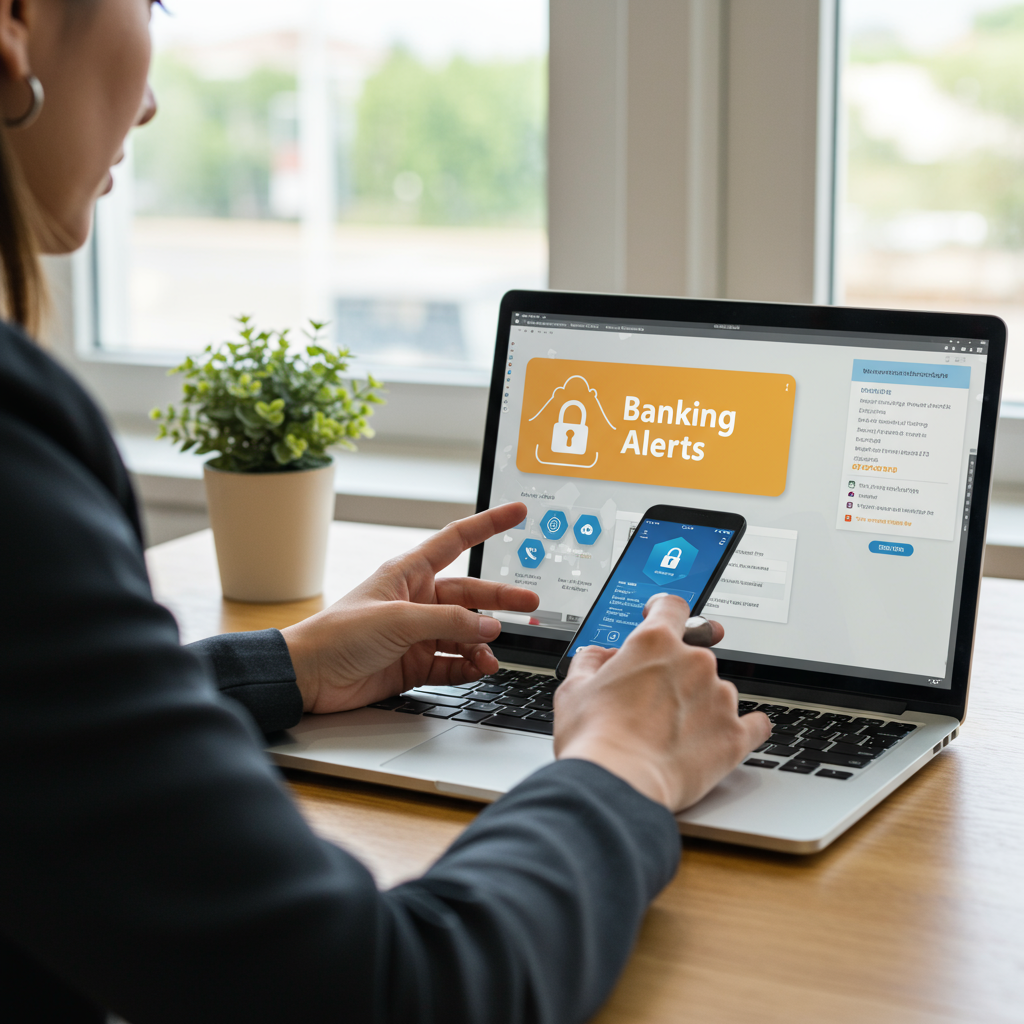
Table of Contents
Introduction
Credit card fraud is a growing concern in today’s digitally driven world, affecting millions of consumers and businesses worldwide each year. Imagine waking up to find unauthorized purchases draining your account or your personal information compromised in a data breach. This unsettling scenario is all too common and highlights the urgent need for vigilance and proactive protection when it comes to using credit cards. Understanding how to protect yourself can mean the difference between quickly resolving an incident and enduring long-term financial consequences.
In 2023, consumers reported billions of dollars lost to credit card fraud, with fraudulent activities ranging from stolen card information to sophisticated phishing scams. With more people relying on online shopping, mobile payments, and contactless cards, the landscape of credit card fraud continues to evolve, making it a complex threat to navigate. For example, many fraudulent transactions go unnoticed because the victims do not carefully review their billing statements, which underscores the importance of learning how to read a credit card statement effectively. Recognizing suspicious activity early can save you from costly problems and stress down the line.
Protecting your credit card information is not just about safeguarding your finances but also about preserving your peace of mind. Fraudulent charges can damage your credit score, lead to unauthorized debt, and cause lasting frustration as you work with financial institutions to resolve disputes. Many consumers worry about how to dispute credit card charges once fraud occurs, and knowing the right steps can empower you to act quickly and confidently if you ever become a victim. It’s important to note that many credit card companies offer protection programs and support to help you manage these situations.
As you explore this guide, keep in mind that understanding the different credit card payment methods, avoiding common pitfalls like interest charges due to fraudulent activity, and knowing the difference between credit and debit cards can significantly enhance your security. For instance, knowing how the credit card rewards programs work responsibly ensures you benefit from your card usage without exposing yourself to unnecessary risks. This comprehensive approach will help you make smarter decisions and maintain control over your credit card use.
What You’ll Learn in This Guide
This guide arms you with essential knowledge and strategies to protect against credit card fraud confidently and effectively. Here’s what we will cover:
- Understanding Credit Card Fraud: We begin by explaining what credit card fraud entails and the risks it poses to both consumers and businesses, helping you grasp why protection is critical in today’s financial landscape.
- Recognizing Signs of Fraud: Learn how to spot common warning signs of suspicious activity on your accounts. Timely recognition is key to minimizing damage and responding swiftly.
- Best Practices for Protection: Discover actionable tips and best practices, including keeping your information private, using secure passwords, and avoiding unsecured Wi-Fi for transactions, to reduce your fraud risk effectively.
- Steps to Take if Compromised: Understand what immediate actions to take should you suspect your card information has been stolen or misused, including how to dispute unauthorized charges and notify your bank or authorities.
By mastering these points, you’ll not only secure your credit card but also gain peace of mind knowing you are prepared to handle any suspicious situations confidently. This guide is designed to be practical and accessible, regardless of your familiarity with credit card terminology or technology.
As we delve deeper, you will find detailed advice on safeguarding your financial accounts using technology such as transaction alerts, credit card apps with robust security features, and two-factor authentication. These modern tools offer convenient yet potent defenses against fraud, complementing traditional safety practices.
We will also cover long-term prevention strategies that go beyond immediate protection. This includes safe online shopping practices, such as verifying HTTPS secure websites before entering your information, and secure physical card usage, like being cautious around card readers and properly shredding documents with card details.
Understanding when and how to call your bank or the authorities is another vital focus. Prompt reporting can not only help recover lost funds but also assist in tracking and stopping fraudsters to protect others.
Taking control of your credit card security is empowering. Each step you take fortifies your defenses and ensures that your hard-earned money stays safe. Ready to learn the ins and outs of protecting yourself from credit card fraud? Let’s begin this journey toward safer, smarter credit card use together.

Building on our understanding of credit card fraud from the introduction, this discussion delves deeper into recognizing its warning signs and implementing robust protection strategies. Given the increasing sophistication of fraudsters, being vigilant and proactive is essential for both consumers and businesses. Identifying signs early can minimize financial losses and stress, while adopting security best practices and technology safeguards can significantly reduce the risk of becoming a victim. This conversation intends to empower readers with actionable knowledge to fortify their credit card security in today’s digital and physical transaction landscape.
Recognizing Signs of Credit Card Fraud
Knowing how to spot the indications of credit card fraud is crucial for prompt action and preventing further damage. Fraudulent activities often exhibit patterns or anomalies in transaction behavior, account status, or communications purportedly from financial institutions. Awareness of common signals helps consumers respond quickly to protect their accounts. This section explores typical warning signs and the importance of monitoring your financial activities consistently. To fully grasp this concept, it helps to understand how to read credit card statements clearly, as statements are often the first place fraud may appear.
Fraud detection is not just about spotting unauthorized transactions but also recognizing subtle changes like unexpected declines in card acceptance or notification delays. Early recognition enables quicker reporting to banks or credit card companies, often limiting liability for fraudulent charges. Moreover, understanding the nature of fraud signs can alert you before financial harm escalates. Vigilance paired with knowledge builds a strong first line of defense against evolving fraud tactics.
Common Warning Signals of Credit Card Fraud
Below are essential signs to watch out for that often indicate credit card fraud activity:
- Unexpected Transactions: Charges on your statement that you do not recognize, especially small purchases or those from unfamiliar vendors, may be testing if your card information is active.
- Notifications About Failed Transactions: Alerts about declined payments or suspicious activity from your bank without prior knowledge can signify attempted fraud.
- Missing Credit Card Statements or Alerts: Not receiving paper or electronic statements could mean your contact information has been altered by a fraudster.
- Unusually High or Rapidly Increasing Spending: Sudden spikes in spending or multiple transactions in a short timeframe can be a red flag for fraudulent use.
Protecting Yourself Against Credit Card Fraud
Prevention of credit card fraud relies heavily on adopting prudent habits and leveraging modern security technologies. Protection requires more than just keeping your card physically safe; digital and behavioral safeguards are essential as more transactions move online. Best practices include maintaining secrecy over card details, securing account credentials, and actively monitoring financial activity. For a detailed breakdown of security options, see our guide on credit card payment methods. Embracing technology, such as alerts and authentication measures, enhances safety against unauthorized access.
Implementing these practices fosters a proactive rather than reactive approach, making it harder for fraudsters to access or misuse your financial information. It’s especially important to avoid risky behaviors such as using unsecured public Wi-Fi for financial transactions and reusing weak or easily guessed passwords. Together, these strategies create layers of defense that protect your credit card across various usage scenarios.
Tips and Best Practices for Credit Card Security
Effective protection hinges on multiple layers of security measures, from personal habits to technological tools. Consider these key tips:
- Keep Card Information Private: Never share card numbers, security codes, or PINs via phone or email unless you initiated the contact. Store physical cards securely and avoid writing down sensitive information.
- Use Strong, Unique Passwords: Create complex passwords for online banking and card accounts. Avoid reuse across multiple sites and consider password managers to maintain security and convenience.
- Monitor Account Activity Regularly: Check your statements and transaction history frequently to spot discrepancies early. Setting aside a weekly or monthly routine for this can make a significant difference.
- Avoid Unsecured Wi-Fi: Refrain from accessing financial accounts or making payments over public or unsecured wireless networks to prevent interception by cybercriminals.

Conclusion
Credit card fraud is not only a financial burden but also a source of stress that can last long after the incident. Throughout this guide, we’ve explored the various facets of credit card fraud, ranging from recognizing the signs to effective protection strategies. With the rise of digital transactions, it has become increasingly crucial for consumers to remain vigilant. Key signs such as unauthorized transactions, unexpected notifications, or unusually high spending should not be ignored. Early detection is vital; it can save you from more severe financial repercussions and emotional turmoil.
Taking proactive measures is essential in mitigating the risks associated with credit card fraud. Simple practices like utilizing unique passwords, enabling two-factor authentication, and refraining from using unsecured networks can significantly reduce your vulnerability. Moreover, consistently monitoring your accounts allows you to quickly detect and address any unauthorized use. In addition, leveraging technology like transaction alerts and financial apps that incorporate security features offers another layer of protection.
If your card ends up compromised, knowing the immediate steps to take can also assist in minimizing damages. Contact your financial institution right away, freeze your card, and keep track of all transactions to dispute any fraudulent charges and potentially recover lost funds. Understanding when to enlist the help of your bank or authorities can help ensure that your financial well-being remains intact.
Now that you are equipped with this valuable knowledge, the next step is to prioritize your credit safety. For further reading, consider exploring how to dispute credit card charges effectively, or review our detailed article on how to read credit card statements to help you monitor your financial activities diligently. By being proactive and informed, you can protect your finances and peace of mind.
Stay vigilant, keep up with the latest security measures, and remember that protecting against credit card fraud is an ongoing process. Each step you take bolsters your defenses and empowers you to navigate the complexities of modern financial transactions with confidence.
Frequently Asked Questions
-
What should I do if I notice an unauthorized transaction?
- Immediately contact your bank to report the transaction and freeze your card if necessary.
-
Can I get a refund for fraudulent charges?
- Many banks offer fraud protection and may refund unauthorized charges after investigation.
-
How can I protect my card information online?
- Use secure websites, enable two-factor authentication, and avoid public Wi-Fi when making transactions.
